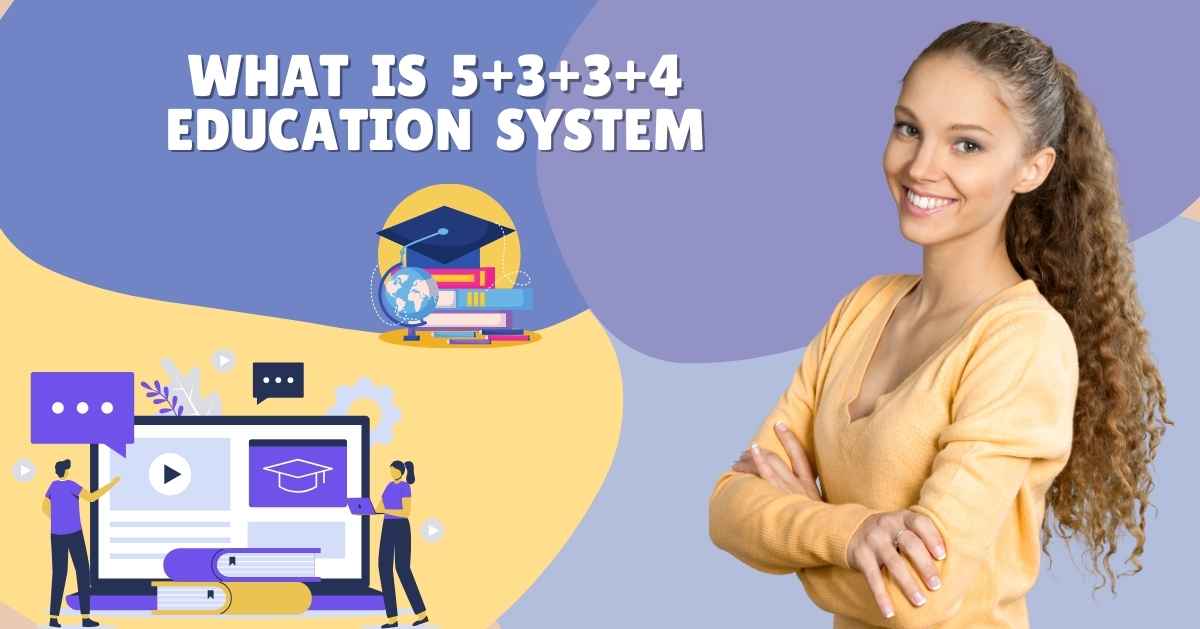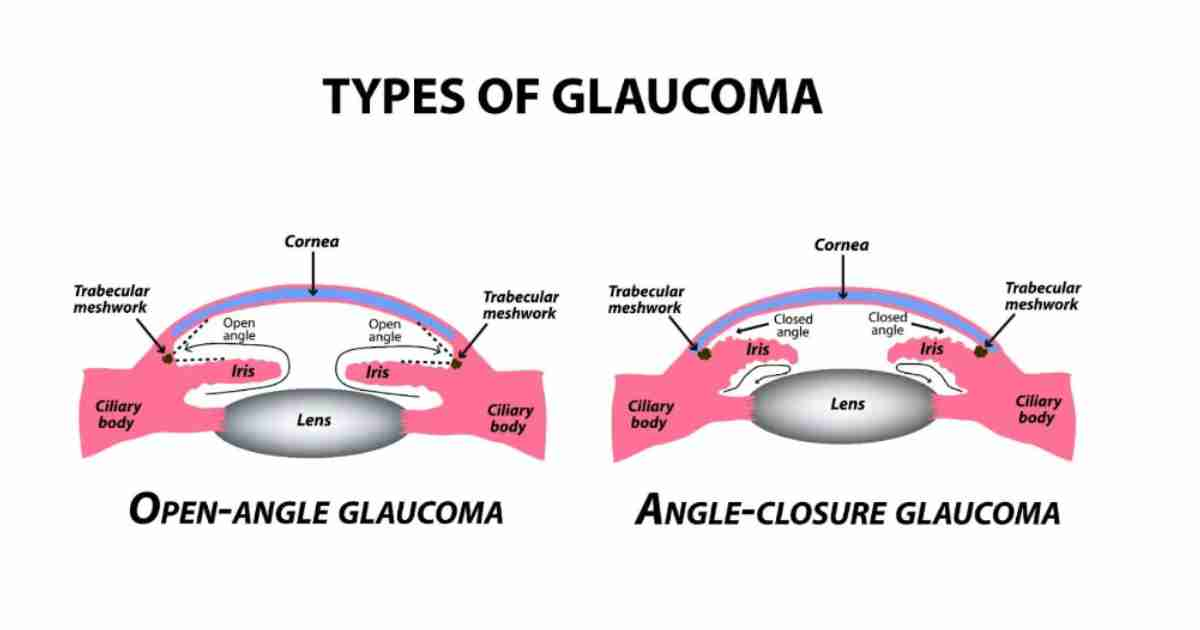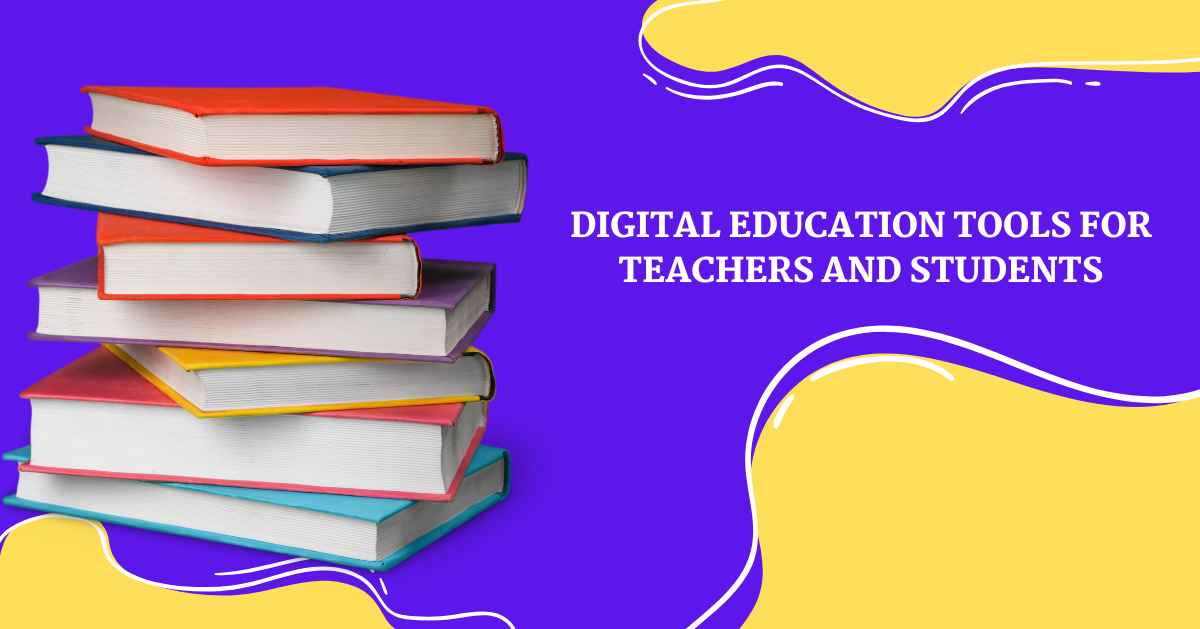What Does the 5+3+3+4 Education System Mean for Schools?

India’s recent National Education Policy 2020 brings a change: moving away, from the 10+2 schooling format to a new 5+3+3+4 structure. Under this revised system, students begin with 5 years of education, followed by 3 years of preparatory (or middle) school, another 3 years of upper primary education, and culminating in 4 years of secondary education. While the previous system had its merits, the new approach is more inclusive and adaptable. It allows children to gain a foundation, in their formative years and then choose their areas of focus later on. This enables them to explore their interests and abilities, preparing them for future endeavours.
5+3+3+4 Education System in India
In the Indian system, students no longer need to extend their time in school. Despite the changes, in structure, the total duration of schooling remains unchanged. The 2020 National Education Policy incorporates nursery and kindergarten into education alongside the 1st and 2nd grades. This shift recognizes the significance of activities like play in the learning process. It resembles constructing a house, beginning with a foundation and adding walls and a roof for protection, against the elements. This approach ensures attention to all aspects of education, fostering a learning experience. With this groundwork, students can. Realize their full potential.
Narendra Modi once said, “Until now, we’ve been focused on ‘What to Think’ in our education policy. In the NEP full form, we’re focusing on ‘How to Think’.”
Comparing the Old and New School Systems
| 10+2 System | 5+3+3+4 Education System | |
| Structure | 1. Traditional Academic learning and teaching | 1. New updated Academic structure that differentiates curricular and extracurricular activities. |
| Phases | 2. 2 phases | 2. 4 phases |
| Age Group | 3. Between 6 and 18 years | 3. Between 3 to 18 years |
| Duration | 4. Complete 12 years of schooling | 4. 15 years (3 yrs for pre-school and 12yrs for complete schooling) |
| Focus | 5. To pass on the knowledge from the previous generation to the next. | 5. Universal access to school education for everyone at all levels. |
The 5+3+3+4 education system is about making school easier to get into, ensuring everyone gets a good education, and keeping things fair for all kids. It starts early, with preschool being included in the plan for kids aged 3 to 18. This means more kids can attend school and get the education they deserve. In cities, kids start in playschool, then spend two years in kindergarten before going to school for 12 years.
[Read More: The Impact of AI Technology on Higher Education]
7 Advantages of the 5+3+3+4 Education System
The new education model brings several benefits, including:
1. 360º Progress Report Card: Students in grades 3rd, 5th, and 8th will have a comprehensive report card to evaluate their basic knowledge.
2. Easier Board Exams: With the new 5+3+3+4 structure of NEP 2020, it’ll be easier to assess students’ core competencies during board exams.
3. Early Enrollment: Kids aged 3 to 6 will start formal education, emphasizing early development, which experts say is crucial for a child’s future.
4. Incorporation of Pre-Primary Education: The new structure includes pre-primary education, recognized as vital for children’s development.
5. Enhanced Career Counseling: With multidisciplinary learning and more subject choices in middle school, better career counselling services are needed to help students make informed decisions.
6. Early Subject Selection: Students can choose their favourite subjects in middle school, but this decision might require guidance from teachers or parents who are more equipped to help.
7. Guidance for Future Paths: Students may not fully understand career options at this age, so adults need to provide guidance and insight for informed decisions.
Making Education Easy to Understand
Here’s a simple breakdown of each class and age group under the FLN National Education Policy 2020—the 5+3+3+4 system:
1. Foundational Stage (5 years): This is where it all begins. Students start their learning journey here, laying down the basics.
2. Preparatory Stage (3 years): Next, students move on to the preparatory stage, where they prepare for more advanced learning.
3. Middle Stage (3 years): In this stage, students dive deeper into their studies, building on what they’ve learned before.
4. Secondary Stage (4 years): Finally, students reach the secondary stage, where they focus on preparing for their future, whether it’s higher education or entering the workforce.
These phases are based on the different stages of growth and development that kids go through from early childhood to high school.
Starting with the Basics
- The Foundational Phase lasts for 5 years, from ages 3 to 8.
- It includes kids in preschool, Anganwadi, and Standard 1st to 3rd.
- As per the National Education Policy, kids will spend 3 years in Anganwadi or preschool, followed by 2 years in primary school (classes 1 and 2).
- During this phase, the main focus is on language development and learning through activities and play.
Getting Ready for More Learning
- The Preparatory Phase lasts for 3 years, from ages 8 to 11.
- It includes classes from 3rd to 5th.
- During this phase, the focus is on interactive learning and cognitive development through activities.
- Under this new scheme, the state government will decide on three languages for children to learn.
- Children will primarily learn in their mother tongue or regional language up to fifth grade, emphasizing its importance in education.
Stepping into the Middle
- The middle phase lasts for 3 years, covering classes from 6th to 8th.
- Here, teaching becomes more flexible.
- Kids will learn about math, science, arts, and humanities to build a strong foundation.
- Unlike the old way of memorizing, this phase focuses more on understanding important concepts, as per the NEP 2020’s 5+3+3+4 framework.
Moving Forward to Secondary Education
- The Secondary Phase lasts for 4 years, from ages 14 to 18.
- It includes classes from 9th to 12th grades.
- Under this policy, students won’t be forced into specific streams. They can choose from a variety of subjects, known as the multi-stream system.D
- For example, a student can study history along with accounting and physics.
- The main goal of this phase is to help students develop skills and critical thinking abilities.
[Read More: The Crucial Role of Artificial Intelligence in Modern Education]
Classes and Exam Format in the NEP 5+3+3+4 System
The policy is like a big plan, and how classes and exams are organized is important for it to work well. Here, we’ve put together a structure based on the National Curriculum Framework to show how classes will run as a child goes through school.
Preparatory to the Middle Phase up to 9th Standard:
- Every weekday kicks off with a 5+3+3+4 education system 5-minute gathering, which is then followed by 40-minute class sessions.
- If needed, some subjects may have longer classes of 80 minutes.
- There’s a 5-minute transition between classes.
- Snack and lunch breaks have been added, with a longer lunch break on Saturdays.
For 9th to 12th Standard:
- Every morning begins with a 25-minute assembly. Then we have 50-minute classes.
- The transition time between classes is 5 minutes.
- Lunch breaks are extended, but there’s no extra refreshment time.
- There are no assemblies on Saturdays, with an additional enrichment period in the schedule.
Exam Pattern:
- Exams will be held only in 3+5+8 classes.
- Other years will focus on regular and constructive formats, emphasizing skills like critical thinking and analysis.
- Classes 9th and 10th will stick to the existing exam format.
- Classes 11th and 12th will have a semester system, allowing students to choose when they feel ready to sit for exams.
- Board exams will be held twice a year, letting students choose which courses they want to take exams for.
The latest education policy is designed to help students acquire skills, for success worldwide and implement efficient evaluation methods. By arming students with these skills, they can experience increased self-assurance and drive to excel. They can recognize their areas of expertise and areas needing improvement, enabling them to enhance their abilities. Engaging in activities such as role-playing and simulated interviews aids in honing communication and networking capabilities, which are crucial for achievement. These experiences enable students to refine their fundamental skills, for thriving in a work environment.
Conclusion
What is the 5+3+3+4 education system plan introduced in NEP 2020? It represents an organized strategy, for schooling focusing on childhood education, primary and secondary schooling, and higher education. Its goal is to improve achievements, equip students for their pursuits, and promote a comprehensive educational journey for everyone in 2020. It
FAQs
It represents the new educational structure: 5 years of foundational, 3 years of preparatory, 3 years of middle, and 4 years of secondary education.
It provides a more holistic and flexible learning approach, focusing on early childhood education, skill development, and reducing exam stress.
The new structure is 5 years of foundational, 3 years of preparatory, 3 years of middle, and 4 years of secondary education.
The main points include a focus on early childhood education, multidisciplinary learning, skill development, and the integration of technology in education.
The 2024 policy builds on NEP 2020, continuing to emphasize flexible, inclusive, and holistic education with updated guidelines and implementation strategies.






